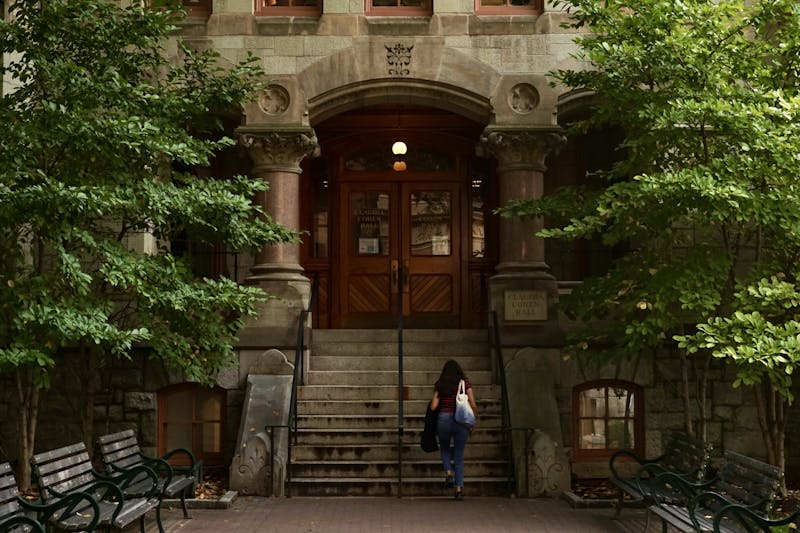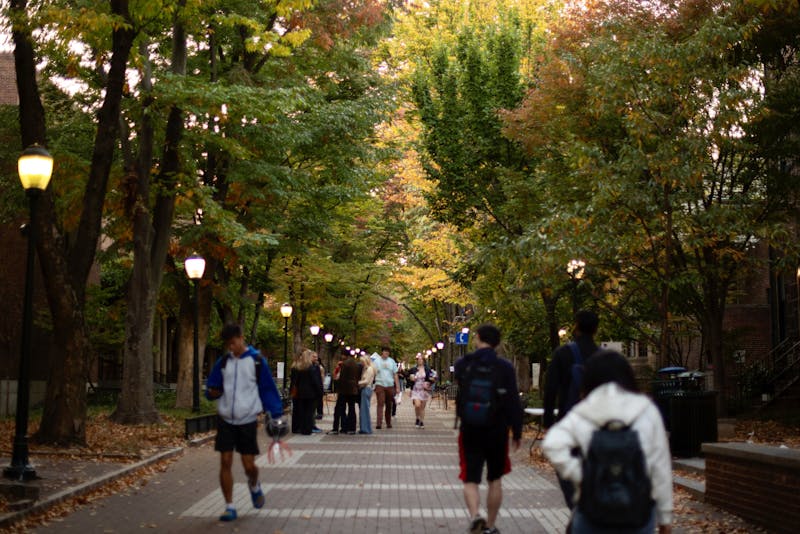The midterm elections were a major success for the national Republican Party, but the full results from last Tuesday also reveal an additional Republican victory that will impact Pennsylvania for the next decade.
Next year, state legislators across the country will redraw the boundaries of federal and local electoral districts — a process known as redistricting that occurs every 10 years — following the release of census results. In Pennsylvania, legislators in both chambers, as well as the governor, must approve a map of the new districts.
By picking up 16 seats in the Pennsylvania State House of Representatives last week, in addition to the governor’s mansion, Republicans will decide how those districts are drawn.
Historically, lawmakers have used this power to gerrymander new districts, utilizing the process to favor particular outcomes. By manipulating the makeup of a district, legislators have crafted seats whose overall voters lean toward a particular party.
Pennsylvania in particular is considered one of the most gerrymandered states in the country.
“There are two basic ways they can do this,” University of California, Berkeley political science professor Bruce Cain said. Cain explained that Republicans in Pennsylvania first have to choose between trying to win more seats, “a partisan plan,” or protecting the ones they already hold, “an incumbent plan.”
Cain said in a partisan plan, Republicans “may decide to go after some Democrats” by redrawing Democrat-held districts to include more Republican areas, making it more challenging for the incumbent to win re-election.
Republicans employed this strategy in the Philadelphia suburbs back in 2001, a strategy that backfired in 2006 when Democrats Patrick Murphy and Joe Sestak both won seats to represent suburban districts in the U.S. House of Representatives.
On the other hand, Republicans could also employ an “incumbent plan,” one Cain argued the national media has not taken seriously. Such a plan would reconfigure districts to protect incumbents of both parties. Cain explained that the “very unstable” political atmosphere might convince Republicans to use redistricting to solidify newly acquired districts lost in previous election cycles.
However, he added that Republicans would have to largely “forego the opportunity to [take additional] Democratic seats.”
Pennsylvania is one of 10 states expected to lose a seat in the House next year, since the number of House seats allocated to states is determined by their relative populations. Federal law caps the number of representatives in the House at 435, meaning that additional seats added to states with growing populations must be offset by a decrease in seats elsewhere.
“The loss of a seat in [Pennsylvania] is really quite simply a reflection of the growth in the population in southern and western states,” Penn School of Social Policy and Practice professor Dennis Culhane wrote in an e-mail.
Culhane attributed the population changes across the country to a variety of factors, including growing immigrant communities in states like California and the rise of elderly couples moving south for retirement.
The Daily Pennsylvanian is an independent, student-run newspaper. Please consider making a donation to support the coverage that shapes the University. Your generosity ensures a future of strong journalism at Penn.
DonatePlease note All comments are eligible for publication in The Daily Pennsylvanian.







